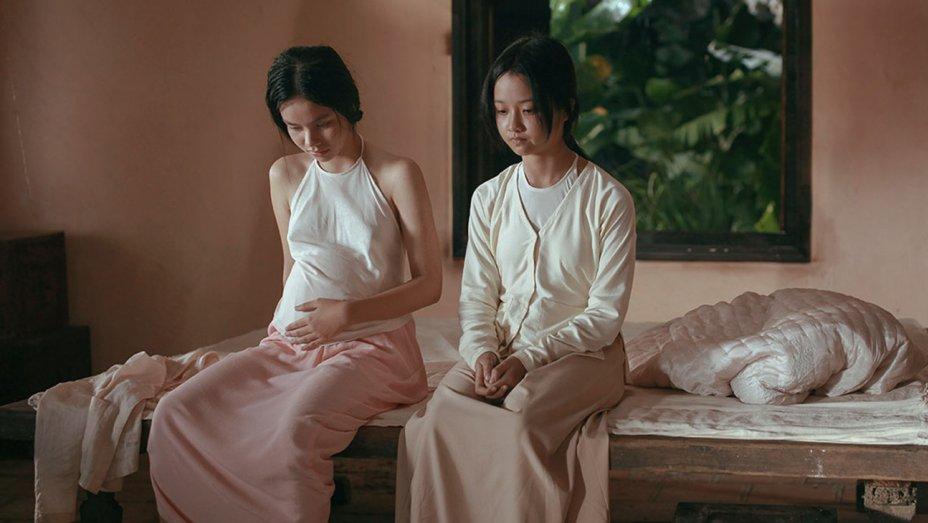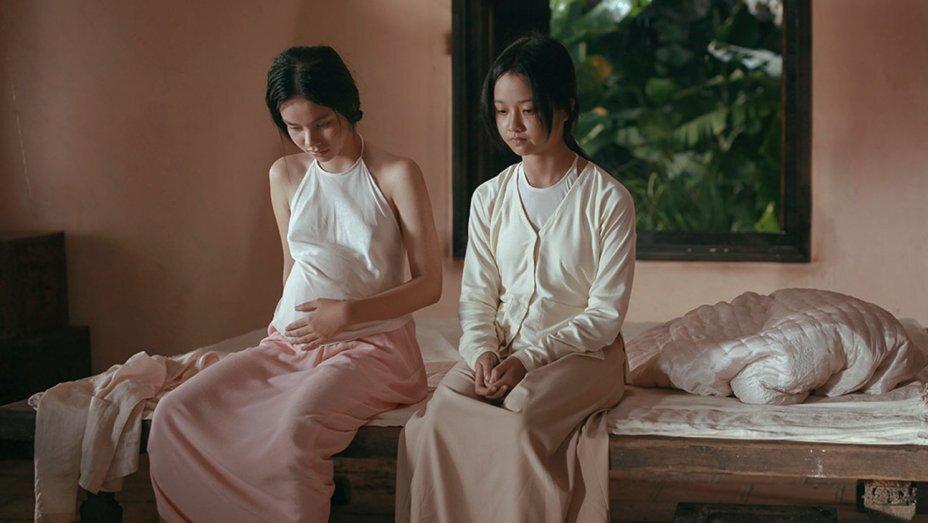Each week, the Sonoma Film Institute showcases a new film for Sonoma State students and the surrounding community to experience. These movies are screened in Ives Hall and are provided free of charge, although donations are appreciated. This past weekend, the Film Institute displayed the movie, “The Third Wife”, a 2018 film directed by Ash Mayfair.
“The Third Wife” brings to the audience a mature view of 19th Century life for working-class Vietnamese people, with an emphasis on women. The focus of the film is placed upon the rigors of marriage and gender expectations at the time. In modern America, we see marriage generally as something based upon personal choice. It is seen by most people here today as an experience that is unique to every person, crafted by the individual. We also expect a fair amount of privacy to be given to our marriages today. Yet, as the film divulges, the opposite was true in 19th century Vietnam.
Throughout the film, the audience’s focus is primarily on May, a 14-year-old girl who is chosen to become a bride. May realizes early that this is not going to be a happy experience. She has her first period, and once word of this goes around, she is expected to soon begin producing children. She loses her virginity at 14, something the film demonstrates that she is not ready for, nor enjoys. One student attending the film describes how watching this unfold is “really intense and different.”
One of the main takeaways of the film, though indirectly suggested, is that women in this place and time have no choice or say in their sexuality. That was determined by men and society.
Within another dimension of the film, the birth-giving process is documented. For May, this is both physically and emotionally painful when she learns that her child is not a boy. To give birth to a girl in this culture was seen as lesser, and wives that produced more boys were held in higher regard. The lack of medical advancement was also highlighted in this scene. During labor, May passes out and the baby is trapped halfway. To save the baby from suffocating, the family uses a burning hot knife to cut May open, creating tremendous pain and physical damage.
When May learns that her baby is not a boy, even the immense physical pain she experiences is still overridden by her disappointment.
While women were the primary sufferers of the society of this time, there were also some norms that even men had difficulty undergoing. For instance, a young man, also near the age of 14, is expected to become husband to a girl whom he has never met. He threatens to take his life, and cries to his mother in her lap, unable to bear that he has no control over his fate. After refusing his wife upon their first meeting, and repulsed at the idea of sex with her, the tragedy goes even further. His family sees him as a failure, and the bride is later chastised by her own family for being “not good enough”.
Finally, the film also importantly touches upon LGBT issues. Two wives find themselves experiencing attraction to each other, but must stop themselves against their will. They fear that exploring their relationship would ultimately bring great shame, and it would be a disruption to their motherhood. Overall, they also feared that the gods would punish them.
Altogether, the film strongly emphasizes the lack of overall freedom and personal choice that people in this setting had undergone in their lives. 19th century Vietnam is a time period that is most often overshadowed by study of the Vietnam War era here in the U.S. The film succeeds in giving a dark and realistic look at how the experience was during this time.
Yet, this is exactly what the Sonoma Film Institute hopes to achieve with its films: to serve as a medium by which students can explore lesser known parts of culture. As this aspect of culture in Vietnam is narrowly, if at all, covered by studies of world history within the U.S., the Sonoma Film Institute is an integral tool for students to expand their knowledge. Of course, as Eleanor Nichols, director of the Sonoma Film Institute, says best, “we try and bring things into the student’s view from around the world, diverse things that they wouldn’t normally see.’’




































